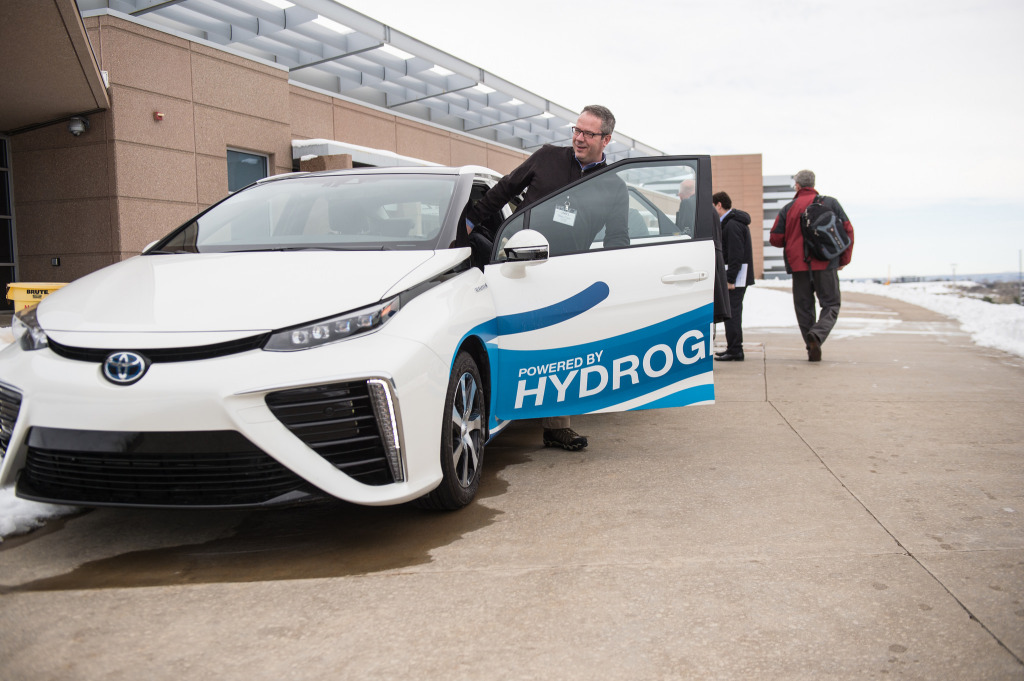By 2040, Renewable energy will be our main source for electricity. But where do they come from? The moment we think about renewable energy, solar and wind energy come to our minds. Are there other forms of renewable energy? Let’s jump into an in-depth review of the modern forms of renewable energy and see how they contribute to the environment!
Solar energy- Sun has been providing the warmth to our dear Earth for millions of years in the past and will keep doing so. But it was only in the late 19th century [check out the history here] when we discovered the possibility of making electricity from the solar rays. Energy can be derived via thermal and photovoltaic plants. While the energy production is pollution-free in both cases, manufacturing of these solar cells are far from achieving sustainability.
Wind energy- Life in Leeds has taught me to take wind seriously. With the rising number of onshore and offshore wind farms, Europe has taken an aggressive approach towards wind. Modern wind turbines cause problems if they lie on the migratory paths of the birds. The vibration and noise coming from the wind turbines cause irritation to people living nearby. Some people even hate the sight of the wind turbines on their beloved hills!
Hydroelectricity- Here is an interesting trivia- 75% of my home state, Kerala (in India) runs on hydel power! Hydel power may not be new and exciting like solar and wind energy but it works and it is carbon neutral. They also provide boosts to tourism and other activities around the dam. The major problem with these power plants is that these massive concrete structures alter the wildlife habitat and displace tribal populations.

Geothermal energy- Did you know that 87% of Iceland’s hot water and 30% of their electricity comes from Geothermal energy? The power stations that harness this kind of energy are located all around the world. The problem with the geothermal solutions is the lack of carbon-neutrality as the plants simply add to the problem of greenhouse gas emissions. For more information, check out the post from SaveOnEnergy 🙂
Biomass- A biomass-powered power plant uses energy-intensive crops to run its turbine that generates electricity. Energy can also be generated from bio-wastes that end up in recycling centres. While biomass is mostly carbon neutral as the emitted carbon was stored by the crops in the past year, the incentivisation of this method leads to a conflict between energy and food-based crops on the farming lands.
Tidal energy- Tides are some of the most reliable sources of energy on the planet. South Korea is leading in tidal power with a couple more projects in the pipeline. The fact that there are very few locations around the world that are suitable for a tidal power plant affects its prospects for growth. These barrages also restrict the movement of marine life causing damage to the marine environment.
Wave power- Waves are much like the wind, in fact they are caused by the wind. These are mostly used in generating electricity for water desalination plants. The potential impact on the environment would be the noise pollution caused by the motors. These farms may also cause trouble to navigators in the sea as they lie on the surface of the water but aren’t big enough to be noticeable from a distance.
Hydrogen- Hydrogen is the most abundant element in the universe but it does not exist in it true form. As an energy source, Hydrogen fuel cells do not pollute and are excellent prospects for a sustainable future. The high energy density of the fuel makes it exciting but dangerous. Also, the current production methods of hydrogen is not quite environmentally friendly.
Ocean thermal energy- Quite similar to the geothermal energy, the ocean thermal power station works on the temperature difference that exists between the deep water and the surface of the ocean. The major issue with this form of energy is the jurisdiction of the powerplants as they lie in international waters. They impact fisheries as the change in water temperature caused by these plants affect oceanic life.
There are many more sources in the realm of renewable energy including mini-hydel power and ground energy. But these are stories for another day!

